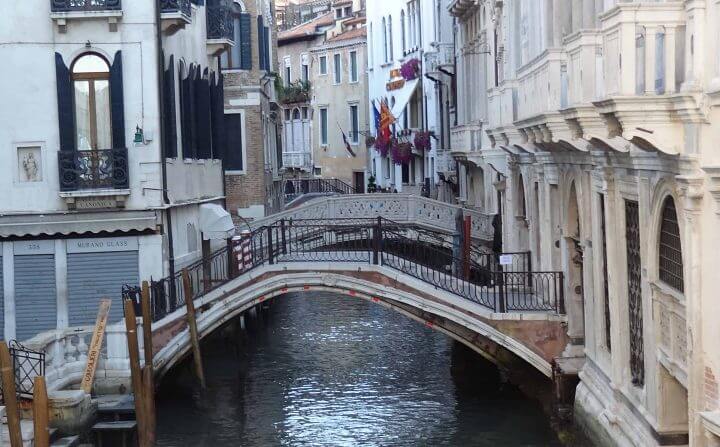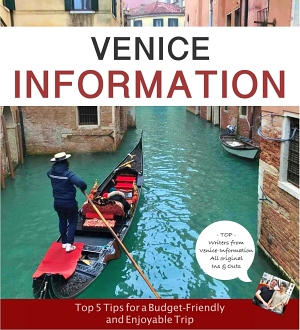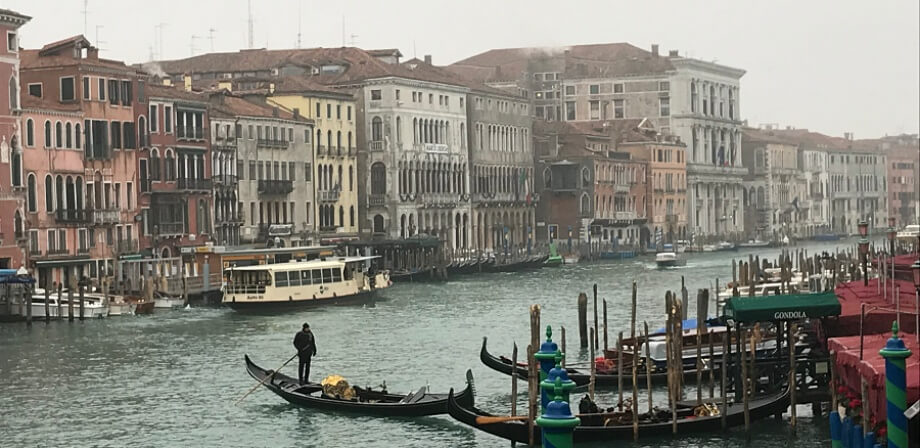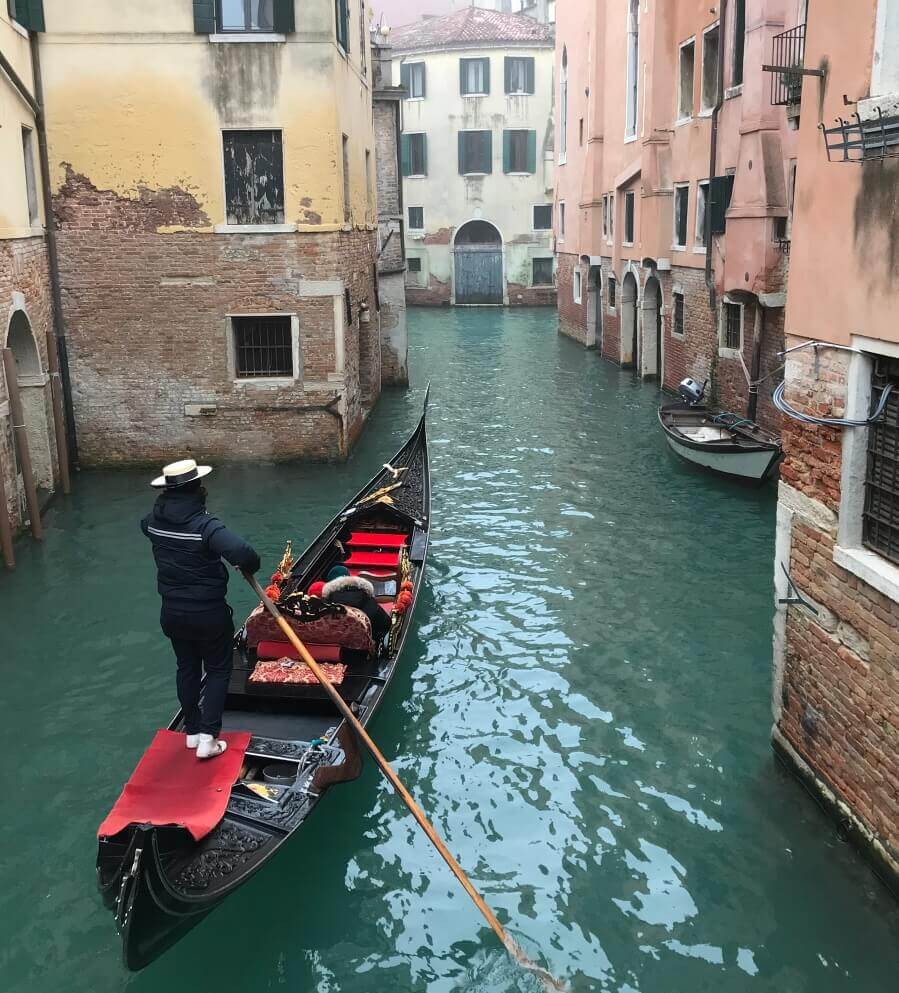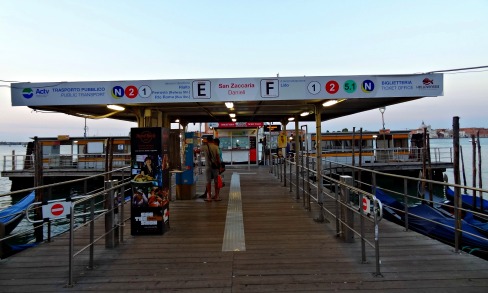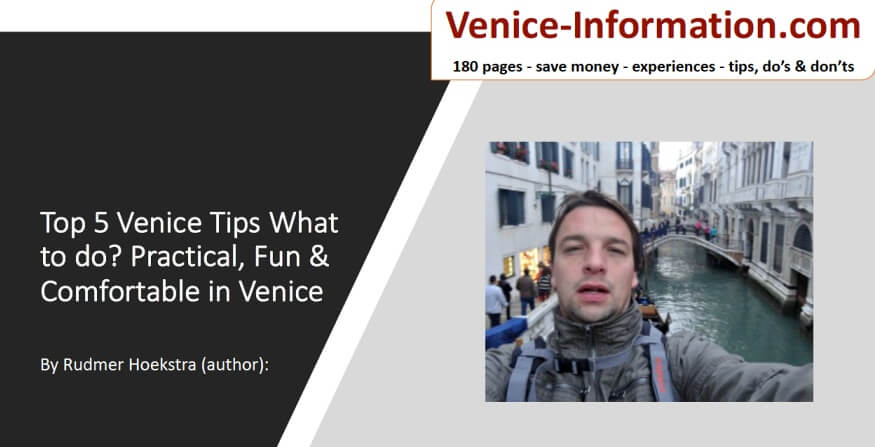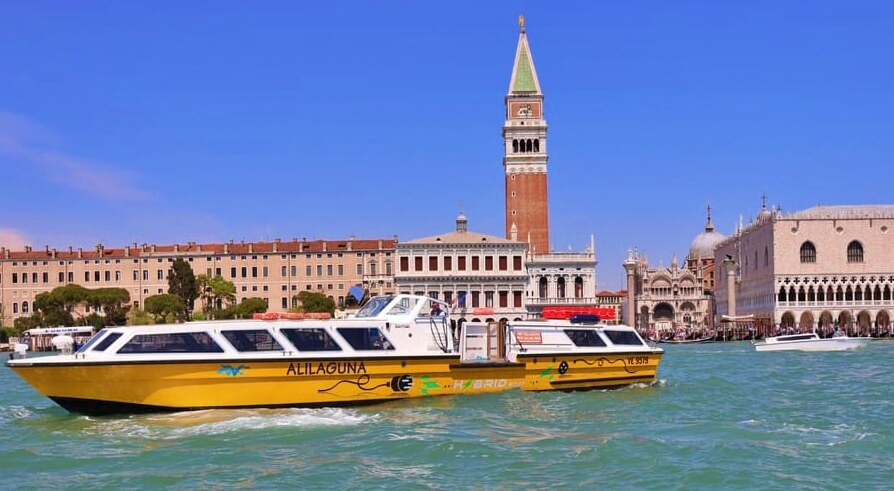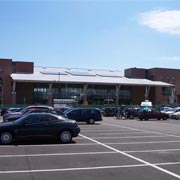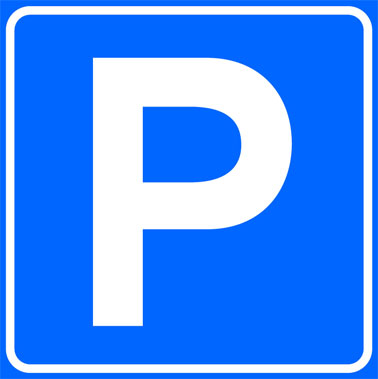- Home
- Transportation in Venice
- Public Transportation Venice
Venice Public Transport Tickets | Public Transportation Venice is by water.
Water buses, water taxis, boats, and vaporettos;
Because water is the core concept for public transportation Venice. Since the 17th century, the city has hardly changed. Venice has many canals, and public transport has to travel over those waterways. The city is entirely free of motorized traffic on wheels.
But how is public transport in Venice arranged? Curious? Read on this page which transport you can take into account.
The most effective public transportation in Venice is vaporetto boats.
For € 12.00, you can reach your destination with different vaporetto boats for 90 minutes.
The routes are clear because they go around Venice or via the Grand Canal.
With the many vaporetto stops, you always get close to where you need to be.
The Grand Canal meanders like an umbilical cord through Venice. Not only figuratively in terms of shape, but it is also literally the umbilical cord of the city. Venice receives everything it needs through the Grand Canal.
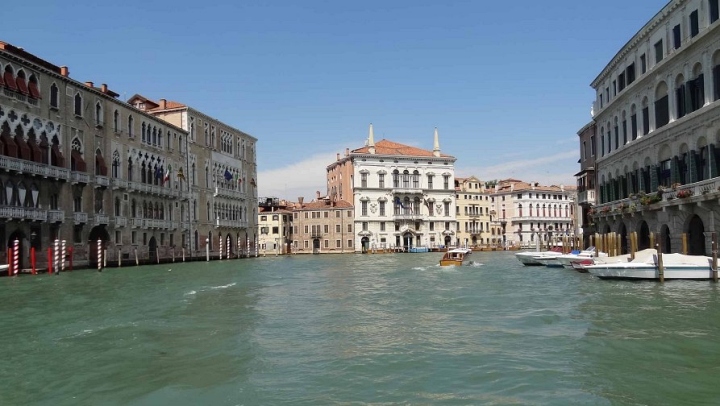
Everything in Venice is transported by water: residents, visitors, and goods. The water was once the only connection between Venice and the mainland. Everything was done by boat, usually by a gondolier with a relatively simple paddle; the other two options were rowing or sailing.
Public transportation Venice outside the city
Recent Articles
-
Direct Flights to Venice | Find Nonstop Flights & Best Deals
Apr 13, 25 07:23 AM
Discover nonstop Direct flights to Venice from the US & UK. Compare airlines, flight durations, prices, and book your direct flight easily.
Nowadays you can reach the city by other public transport. This can be done by train via the railway built in 1846 or by bus via the dam built-in 1931.
Up to 25km outside of Venice, public transport is geared towards reaching the city from the water. It is well arranged with a tram, buses and also trains. And it is not expensive. You can easily purchase a day ticket to use this public transport in and around Venice. This is the Travel Card for the bus and tram. The train between Mestre and Venice costs no more than € 1.50.
You will get to the edge of the city by public transport at Tronchetto and Piazzale Roma. Rail passengers arrive at the Santa Lucia terminal.
Then it continues on foot over the bridges or via the water in a water bus. What is not possible over the water is brought to the addresses by porters across the bridges. Goods destined for Venice are transferred from trucks to small transport boats on the outskirts of the city, which then take them over the water as close as possible to the delivery point.
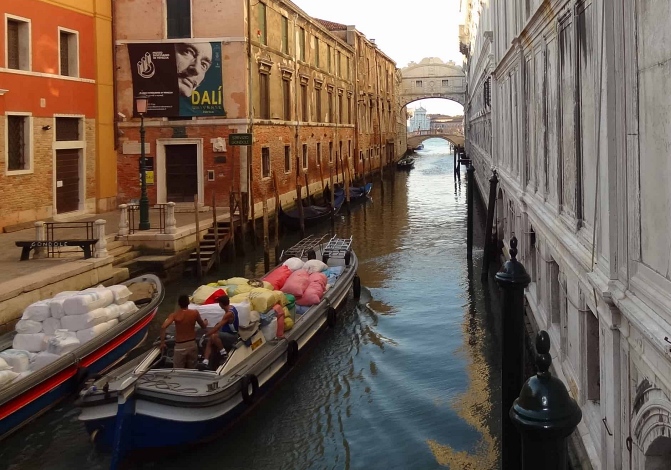
Enjoy transport in Venice and arrival by water taxi
The best arrival in Venice is from Marco Polo Airport. You can take a high-speed water taxi across the lagoon to the city from the airport. Slowly you see Venice coming towards you from a vague fog.
A good tip is to pre-book a discounted water taxi. Book a water taxi with a discount >
When the taxi penetrates the city's shell, you are immediately absorbed into the maze of waterways where the standard traffic rules apply, just like on the road. Above the water, on the facades of the houses, there are signs with "Senso Unico," one-way traffic, and signs "no entry," and signs with the permissible depth and width of the boats.
The only thing that is lacking is traffic lights. However, there are observation houses at significant water intersections from which the police can regulate traffic. Besides, strict speed limits apply to the water, which everyone adheres to. You notice this immediately when the water taxi driver clearly slows down as soon as he has arrived in the waters of the city.
In addition to public transportation Venice, you see many boats over the water you were used to seeing on wheels. Such as a wedding boat, a funeral boat, or an ambulance on the water. This also applies to the police. But you also have a lot of freight transport that deliver parcels or are fresh fruit and vegetable supplier.
Boat transportation in Venice is a spectacle. Hopefully, you have learned a little more about public transportation Venice.
You've read about public transportation Venice. There is plenty to explore. Discover Venice on my site and get more information about this beautiful Italian city.
- Home
- Transportation in Venice
- Public Transportation Venice
- Venice transportation by car. Is that possible?
- Transport with the Vaporetto – How does it actually work?
- Water taxi in Venice, why would you do it?
- Is the "Venice Connected Card" convenient?
- The Boat in Venice? And the 10 best boat trips
- The waterbus Venice is like the city bus in a municipality center
- How is public transport in Venice arranged?
Start looking for a cheap place to sleep in Venice
